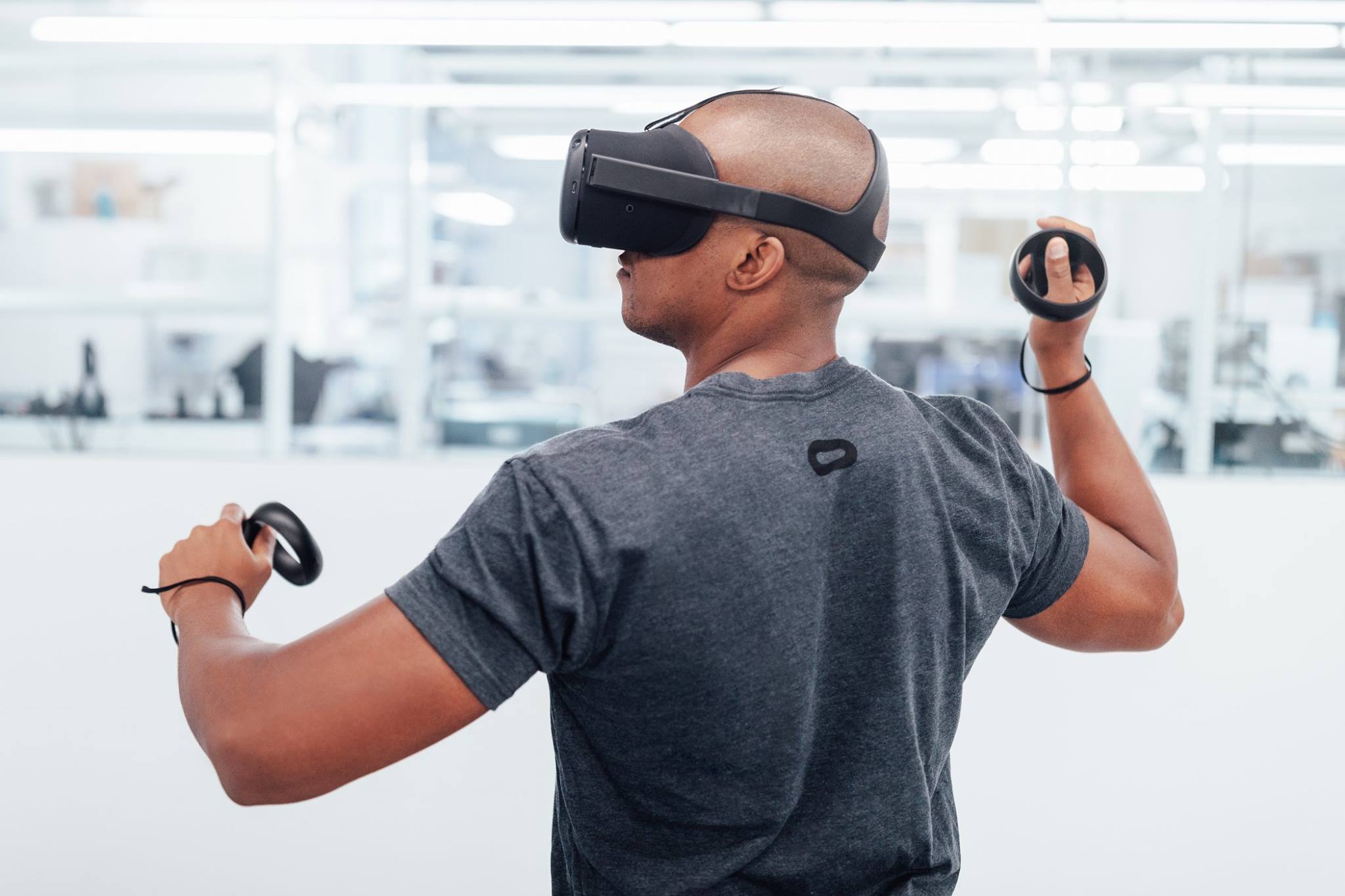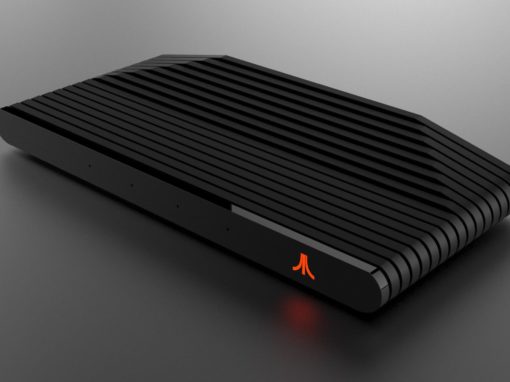Project Santa Cruz & Oculus Go: A Leap Forward for VR
Project Santa Cruz & Oculus Go: A Leap Forward for VR
Oculus made a big splash at their Oculus Connect 4 event yesterday. Ironically enough, disconnecting is the thing that got fans most excited about the event.
The newly-announced Oculus Go and Project Santa Cruz were the stars of the show, thanks to a complete lack of wired connectivity. While we saw a quick look at Project Santa Cruz last year, this was the first time Oculus Go was introduced to the masses.
The new headset is completely wireless and will act as a sort of compromise between the Gear VR and the Oculus Rift. The device won’t have anywhere near the capabilities of the Rift, but it’s also a big step up from Gear VR. Though most of the official specs are still under wrap, there’s quite a bit that has been revealed.
First of all, Go is self-contained. That means you don’t have to insert your phone into it and there’s no fussing with wires connecting you to a computer. The outside is a brand new breathable fabric design that Oculus says will be “comfortable and fully adjustable,” even for those wearing glasses.
You won’t have to worry about headphones either. The Oculus Go will sport integrated spatial audio and optimized 3D graphics, along with the “best lenses yet,” on an Oculus device.
Although there’ll reportedly be over 1,000 VR games available, don’t expect anything resembling what can be played on higher-end rigs. The games should look, feel and sound better than they do on Gear, but they’ll still be mostly the same games.

If you’re looking for a true PC-level wireless VR experience, you’ll have to wait for Project Santa Cruz (pictured above). That’s the codename given to the high-end wireless VR device that Oculus is creating. It’s expected to do everything the Rift can do and more, without the need for wires or a dedicated PC.
The specs for Project Santa Cruz are few and far between, but we do know that the updated version shown off at Oculus Connect 4 looks a lot more polished than the one Digital Trends tried out last year. That one had a phone tethered to the back of the device and looked about as much like a prototype as something could. The new version looks much more polished and aesthetically pleasing.
Unfortunately, Project Santa Cruz won’t be available for quite some time. Oculus says developers will be able to get their hands on the device sometime next year. That means we shouldn’t expect to see it commercially available until 2019 at the earliest, and then there’s no telling how expensive it might be.
If you want to get your hands on Oculus Go, you won’t have to wait nearly as long. The Go will begin arriving in the hands of consumers in early 2018 and pricing will start at $199.
RECENT VIDEOS
TRENDING NOW
The Recap of Day 2 Group Stage at Worlds Read Now
The Recap of Day 3 Group Stage at Worlds Read Now
Recap of Day 4 Group Stage at Worlds Read Now
Our IndieCade Favorites: Space Cats, A Haunted School, Cat Appendages and Hypothetical Fun Read Now
Drowning in Art: A Misstep for IndieCade Read Now
Also…
Don’t forget to check out some of our other weekly pieces, The LoL Weekly Preview, Recap and Highlight, as well as something I’m Forgetting and Week in Review.
sign up for our newsletter
GET THE LATEST NEWS.
NØ SPAM. MUCH INFO. WOW.
sign up for our newsletter
GET THE LATEST NEWS. NØ SPAM. MUCH INFO. WOW.
FOLLOW EKGAMING ON SOCIAL MEDIA
CRITICIZE US!
©2017 EKGAMING. All Rights Reserved. Designed by EKGAMING




